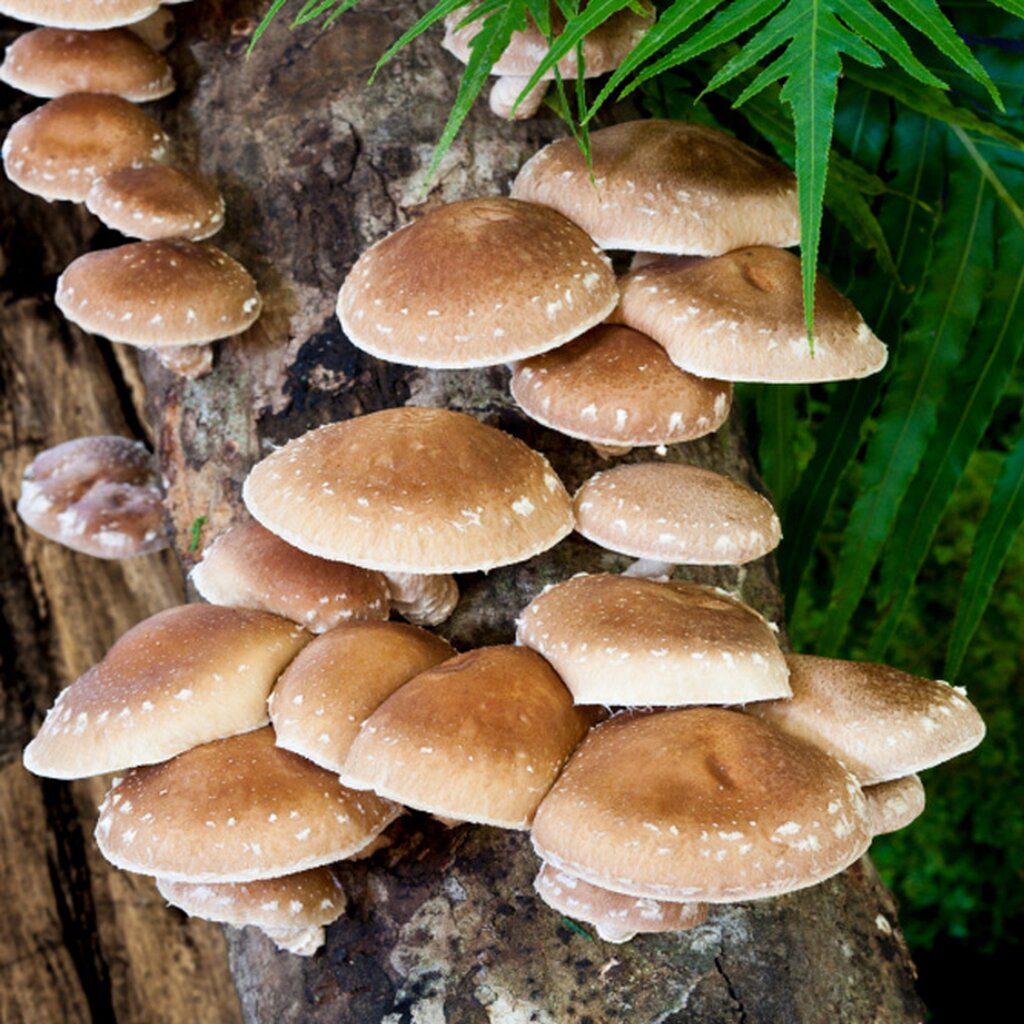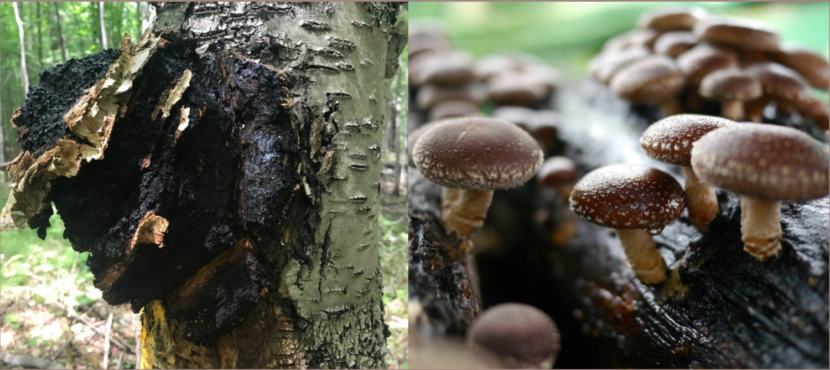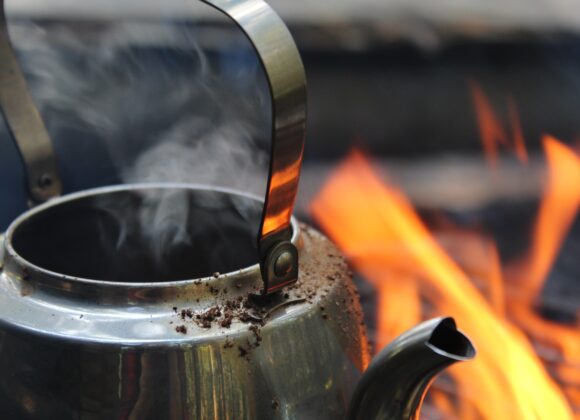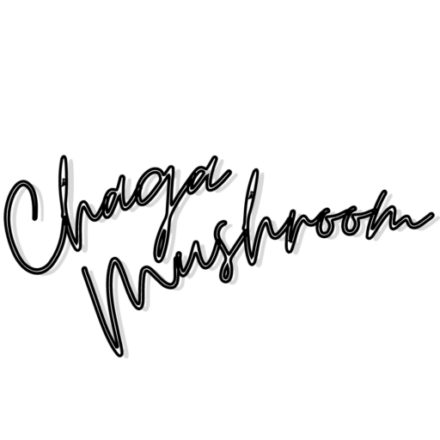You might be surprised to find Chaga and Shiitake from the same article. Not only is Shiitake a beautiful addition to your cooking, but it has also been known as a medicinal mushroom for centuries. These fungi are incredibly different by nature, like in taste and texture, how we can source them, as well as in health-promoting qualities, yet both of them are potent healers for the human body. So let’s see, Chaga vs Reishi, which one should you pick as your superhero?
Shiitake Mushrooms
If you’re familiar with culinary arts or enjoy exploring different cuisines, it’s very likely you’ve come across Shiitake before. It’s one of the most widely cultivated mushrooms in the world, even second in line after the button mushroom. Used both fresh and dried the mushroom famous in Asian cooking for centuries, has also started to be appreciated in the west.

As for medicinal purposes, Shiitake has been taken in a form of a capsule or an extract for centuries. In Ancient China, the mushroom was used to prevent and cure upper respiratory diseases, decrease fatigue, slow down aging, and as an overall “chi” -enhancing substance.
Shiitake is a rare superfood, containing a whopping seven of the nine essential amino acids. Amino acids are building blocks of proteins that we must consume from external sources, as our bodies don’t produce them themselves. In addition to that, the mushroom contains many essential enzymes like digestion aiding amylase and cellulase. Shiitake is also a great source of vital minerals like magnesium and potassium, and essential B- and D-vitamins.
Like with many other functional mushrooms, Shiitake is a true gem when it comes to immunomodulating abilities and its impact on the cardiovascular system. A polysaccharide found in Shiitake called Lentinan has the ability to stimulate and activate different varieties of white blood cells that fight off infections. So as you might guess, Lentinan has been incredibly powerful as a detoxifier in combatting the effects of HIV and liver disease.
One of Shiitake’s bioactive compounds called Eritadenine has repeatedly proven to help lower cholesterol by inhibiting its absorption in the bloodstream. To be more specific, it does so by suppressing the accumulation of lipids in the liver tissue and helping to eliminate cholesterol through the blood vessels, rather than letting fatty acids build up. So alongside the mushroom’s anti-inflammatory and antiviral capacities, Shiitake is a real treasure for its ability to improve blood circulation to that level, giving a lot of hope to people suffering from ailments like rheumatoid arthritis.
In case you haven’t seen the Shiitake Mushrooms yet, it can be identified by its medium-size, umbrella-shaped light brown cap, with edges rolling inward. Next time doing your weekly groceries, you might just want to check out the fresh produce section to spot a container of Shiitake.
In the wild Shiitake grows primarily in mountainous regions of China, Japan, Indonesia, and Taiwan. Nowadays Shiitake is often grown commercially in sawdust and grain. It’s important to note that log or naturally grown Shiitake is more potent. This is why we encourage you to do research and find out which way your supplied Shiitake has been grown if there’s no note of it, it’s most likely that the origin is the cheapest and least nutritious (sawdust and/or grain).
Chaga Mushroom
Chaga is a polypore fungus that grows mainly on birch trees in cold climates. It grows on living trees, but it is parasitic. This means that the fungal mycelium enters the stem of a mature tree through a crack or a wound in the bark and then starts to absorb and synthesize healthy compounds that we, humans, will consume.

These mushrooms grow best on the outside of yellow and white birch trees. You can find Chaga mushrooms in abundance in the northern hemisphere where it has higher forest altitude, like the northern deciduous forests. Chaga thrives in cold, damp conditions, and has a great tolerance for surviving hard winters.
Natural healers and traditional medicine practitioners have been aware of this mushroom for centuries. Recent scientific studies demonstrate the effectiveness of Chaga in treating a number of diseases and afflictions. The Memorial Sloan Kettering Cancer Center lists the purported uses of Chaga as treating and preventing cancer, stimulating the immune system, reducing inflammation, and protecting the liver.
As mentioned before, these types of medicinal mushrooms are not edible in the standard method. Instead, their properties need to be extracted. The extraction requires prolonged simmering or soaking. This process makes the beneficial components bioavailable to the human body, which means the body can absorb the nutrients.
Related: Chaga Mushroom Extraction Methods
Like Shiitake, Chaga has incredible immunomodulating powers. Chaga’s polysaccharides, specifically the beta-glucans, have the ability to increase the production of lymphocytes (a type of white blood cells that regulate the immune response to infectious microorganisms and other foreign substances). Chaga is also known as one of the richest sources of antioxidants found in nature. Antioxidants are what protect your body from free radicals, which otherwise would lead to cell degeneration (chronic fatigue, chronic pain, chronic illness, and cancer).
Chaga is also abundant in betulin, which has antitumor and anticancer properties. Betulin produces a derivative called betulinic acid, which is antibacterial, antiviral, anti-inflammatory, and antioxidant in nature, with adaptogenic properties. This is what makes Chaga able to balance and restore your entire system, which can lead you to function at your highest potential!
Related: 5 Benefits of Chaga for Skin Health
Chaga vs Shiitake, which one to consume?
Chaga and Shiitake are fabulously different, and that also reflects in their health benefits. Even though both of them have strong immunomodulating abilities and a proven impact on the cardiovascular system, they’re treasured for alleviating different ailments. Chaga has been under the scientist’s loop for its promising ability to suppress cancer growth in the body, whilst supporting the patient’s health through conventional treatments. Shiitake on the other hand has raised interest in the polysaccharide called Lentin, which has the ability to stimulate and activate different varieties of white blood cells that fight off infections. So as you might guess, Lentinan has been incredibly powerful as a detoxifier in combatting the effects of HIV and liver disease.
So before you decide on either of them, it’s best you figure out which parts of your organism you’d need the additional help for and when possible, we wouldn’t shy away from incorporating both of them into your daily health routine as both, cures and prevention!










